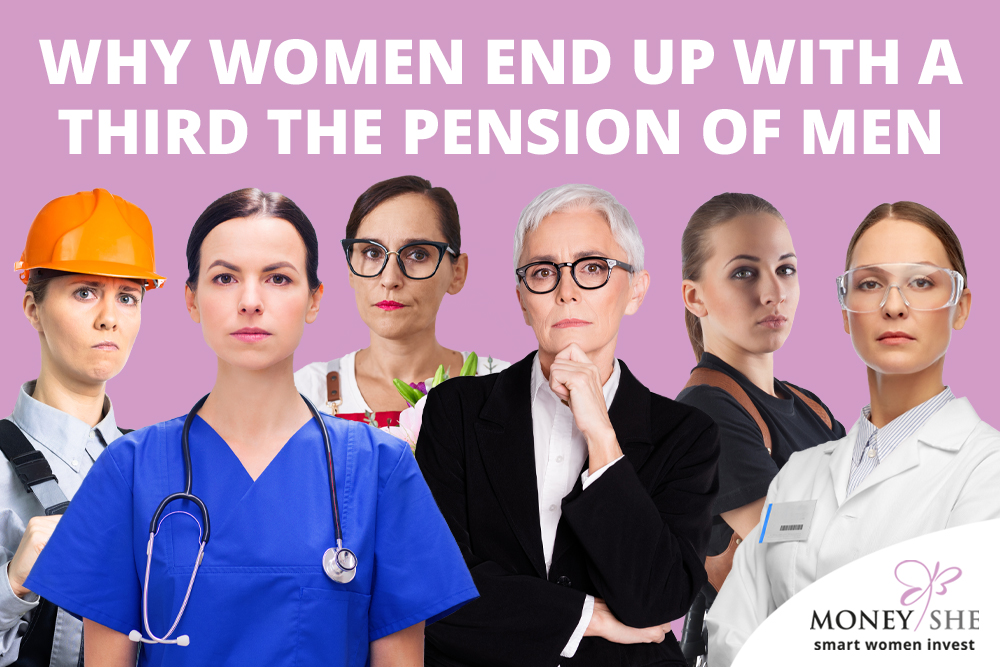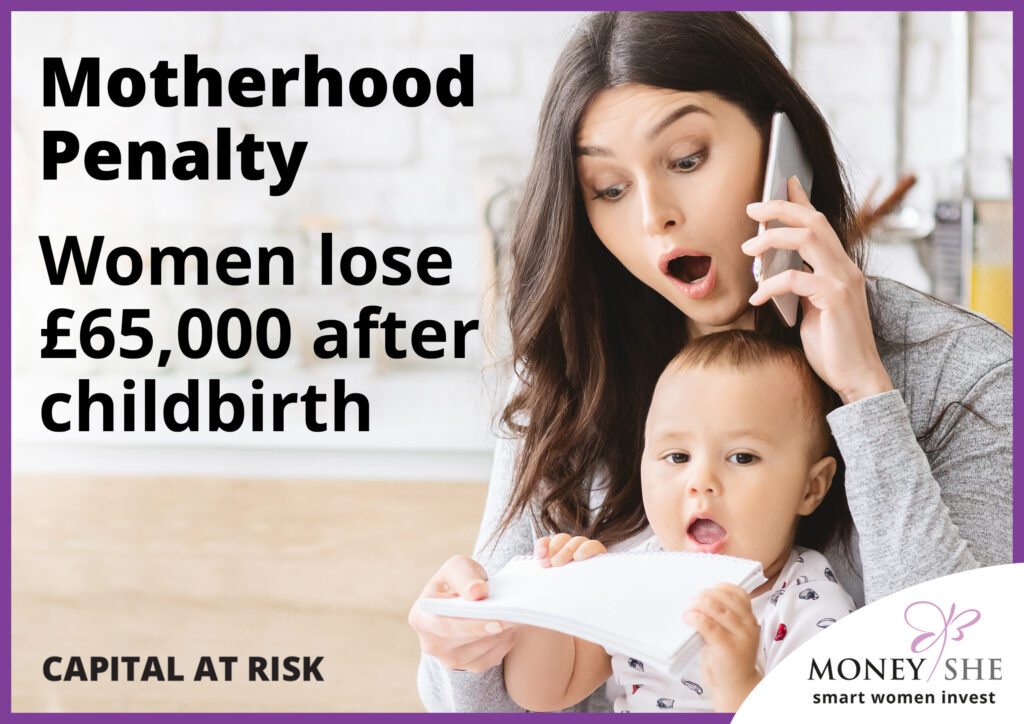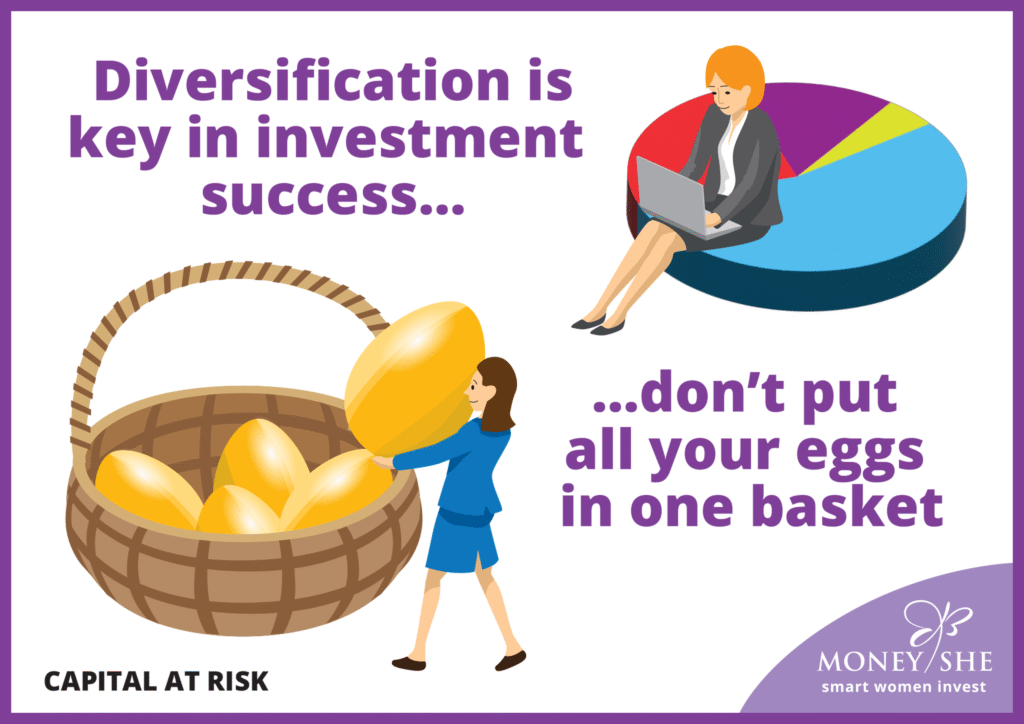The UK’s pension system is standing at a crossroads. And for women, the future looks even more uncertain.
Recent headlines warn that millions could face a retirement in poverty if urgent action isn’t taken. But what’s often left unsaid is that women are already experiencing this and are at a huge disadvantage.
And unless big changes are made, the gender pension gap will only widen.
Here’s what you need to know — and why it matters now, more than ever.
The Harsh Reality of the Gender Pension Gap
Right now, the average woman retires with just one-third the pension wealth of the average man.
Why? Because the system was built around assumptions that simply don’t fit the lives women lead today:
- Lower average earnings
- Part-time work (often to balance childcare or elder care)
- Career breaks
- Longer life expectancy
All these factors mean that women pay in less but need pensions to last longer. It’s a cruel mismatch that despite deepening, has been ignored for too long.
The Ticking Time Bomb
According to the 2024 Mercer CFA Institute Global Pension Index, the UK’s pension system has dropped to 11th place globally for adequacy and sustainability. Not exactly a gold medal performance.
Add to that:
- The cost-of-living crisis
- Rising housing costs
- Cuts to social care funding
and it’s clear; relying on the state pension is becoming riskier, especially for women.
Without radical reform, many women face the grim prospect of working well into their 70s or living out their later years in pension poverty and financial hardship.
Critical Problems Women Face
The Gender Pay Gap → Becomes the Gender Pension Gap
Fewer pounds earned = fewer pounds saved.
And with automatic enrolment based on earnings thresholds, many part-time female workers miss out completely.
Caring Responsibilities → Patchy Pension Contribution Histories
- Maternity leave
- Time off to care for children
- Years helping elderly relatives
- Every career break dents a woman’s pension — often permanently.
Longer Lives, Bigger Bills
Women typically live 3 – 4 years longer than men. That means more years to fund, but with smaller savings pots.
What Needs to Happen, Now!
Our Founder, Gina Miller, is calling for urgent reforms, including:
- Lowering the automatic enrolment threshold, so more part-time workers are included
- Boosting minimum contributions
- Offering pension “top-ups” for those taking time off for caring
- Educating women early on how to protect their retirement.
You can read more in our Policy Paper ‘UK Wealth Market for Women and the Strategic Role of MoneyShe, November 2024’
Without these changes, the next generation of women could face an even more disastrous financial cliff-edge.
What You Can Do Today
While we wait, and continue to campaign for government action, there are a few powerful steps you can take today:
- Check your National Insurance record — missing years? You might be able to plug the gap.
- Consider investing in a stocks & shares ISA – which is a tax-free wrapper so not only can your money grow but you won’t get taxed on that growth, so in effect it’s free money from the government.
- Take a SIPP to be more relaxed – supplement your state pension with a Self-Invested Personal Pension.
- Ask your employer about additional pension contributions, especially after maternity leave.
- Talk about pensions with your friends. Women supporting women is key!
The Bottom Line:
The UK state pension, initially known as the “Old Age Pension”, was introduced on in January 1909, following the passage of the Old Age Pensions Act 1908.
This marked the beginning of a government-provided retirement income for certain individuals, though it was initially limited and means-tested. This pension system was never built with women in mind. But in a modern, equal society, through awareness, advocacy, and action, we can build a fairer, better retirement future.
If you would like to find out your investment risk tolerance, try our FREE Matchmaking Tool here . If you’re ready to invest, book your free investment call here.
The value of investments can go down as well as up, so you could get back less than you invest. It is therefore important that you understand the past performance is not a guide to future returns. None of the trading brands of SCM Private, MoneyShe or SCM Direct – give personal advice based on your circumstances. We aim to provide investors with understandable information so they can make fully informed decisions. If you are unsure about the suitability of our investment portfolios please contact an independent financial adviser.







